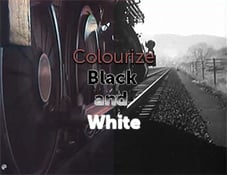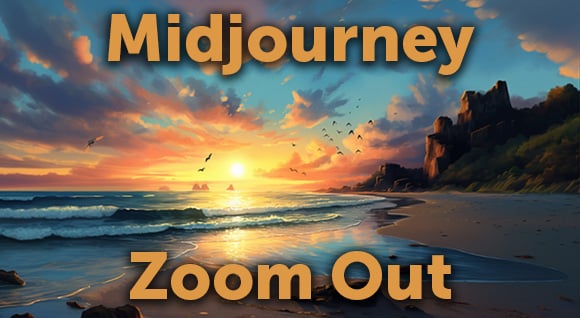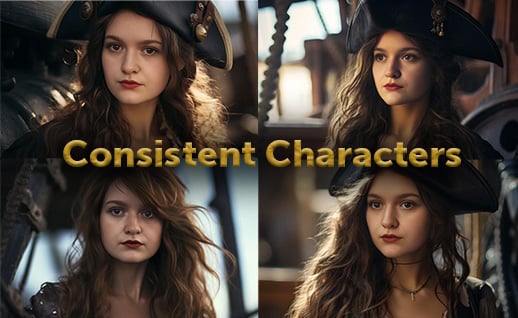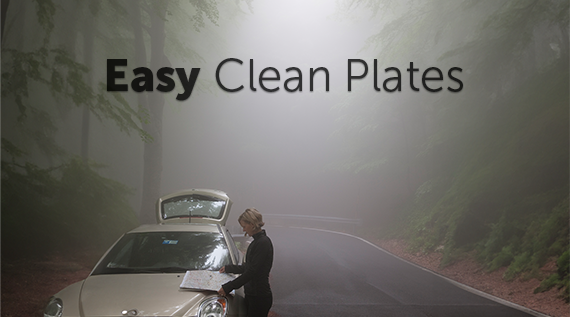We’ve talked about finding inspiration in other people’s words, and how to approach homage and parody. In our final instalment of “Making montage magic,” we’ll talk about employing the more mechanical editing techniques of repetition and rhythm to tell a compelling story.
“I love multiplicity of screenings
Things born anew display new meanings
I think images are worth repeating
And repeating, and repeating”
– lyrics from “Images,” by Lou Reed and John Cale, on Andy Warhol
Andy Warhol famously embraced repetition in his art and films. When he created a film consisting of nothing but people kissing, he tapped into the fascination we have in watching how various people do the same thing.
Warhol tapped into the fascination of watching various people do the same thing
In some ways, Warhol’s approach anticipated remix culture and “supercuts,” wherein editors gather cliched lines and tropes from TV shows and movies, or weld together similar actions like phone calls. Of course, these scenes have the benefit of being recognizable slices of pop culture, but they’re also inherently fascinating. They’re like audiovisual music — scenes as theme and variations, or jazz riffs, that change depending on the actor or musician who’s performing them.
Montage magic, method three: More of the same
When you film someone in real life, it’s rare that they’ll see you, then eagerly turn to the camera and smile. Yet this trope is a common one in advertising — and stock footage shooters are all over it. We thought it would be fascinating to gather as many as we could. The result is Turnsmile.
The video includes 75 clips of people (and other creatures) turning to you the viewer, seeing you, smiling. Even through a screen, these gestures make you feel acknowledged, special, likable. You can sit back and bask in the feels as your presence gets celebrated over and over again in this hypnotic reel.
Consider whether your client’s brief suggests a certain action, reaction, or movement
When could this technique work for you? Consider whether your client’s brief might suggest a certain action, reaction, or movement. People licking sauce from their lips? Rounding the bend in a go-kart? Driving nails for home improvement projects? Consider using extreme repetition rather than the usual broad variety of shots. Show 10, 20, or 30 people doing the same thing. Chances are, it’ll be interesting.
You’ll notice that Turnsmile was edited to the beat. Rhythm, in the sense of tempo or pacing to match the scene or story, is an integral skill for any video editor. For an excellent introduction, see Robert Hardy’s tutorial on No Film School. Of course, overly rhythmic edits can become monotonous — this is where the “jazz” of editing comes in. Watch Turnsmile again, noticing how some clips linger longer, some clips are looped, and some are on the off-beat.
If you can’t find a physical action to repeat, consider imposing a repeated concept
Besides creating supercuts of “micromoments” like turning and smiling, you can impose a repeated concept. Check out The Ensemblers, a parody of the “giant cast of superheroes” genre. The longer the video plays, the funnier it gets — not just because of the punny names, but because of the absurd number of characters.
People will read (literally or figuratively) what you’re getting at. How about a supercut of establishing shots? Or a supercut of freeze-frame movie endings, with credits rolling over them? You get the idea.
If you’re looking for particular movements, ask our researchers for help. Because not every action within a clip is keyworded, and descriptions tend to be more general, searching by keyword might not reveal every instance you’re looking for. Our researchers will be happy to dig deep for any action you need.
To find out more about creating a compelling story with video, check out the whole Making Montage Magic series, Hourglass Storytelling, How to Plan Your Movie Using Storyboarding, and An Introduction to Pacing and Rhythm. Or get your hands dirty with our Skillshare class, Creative Storytelling with Stock Video.
Posted by
Jon Parker
.png)
.png)
.png)




